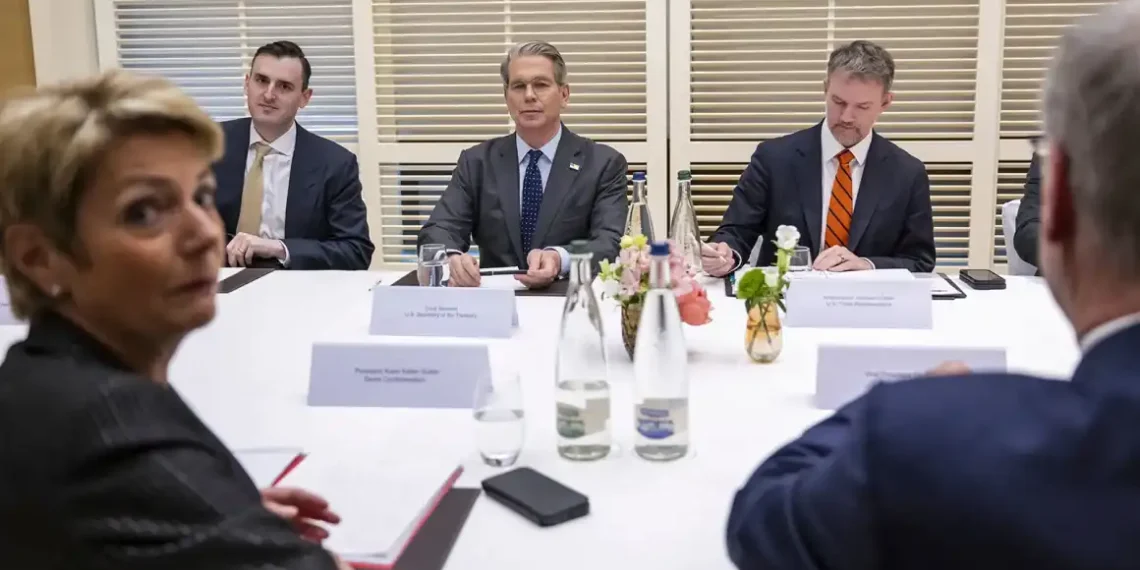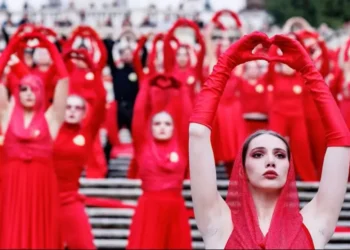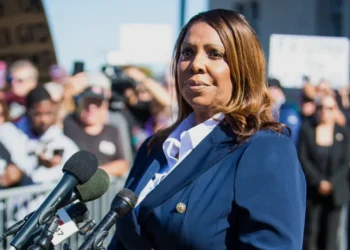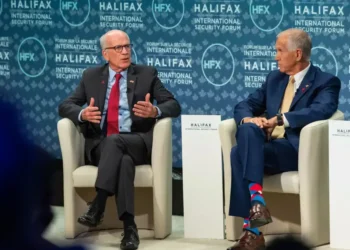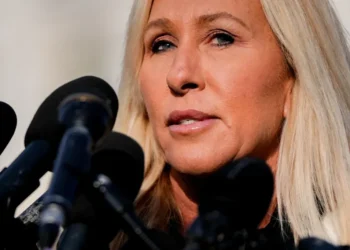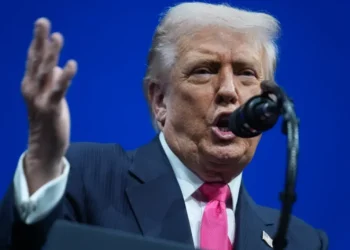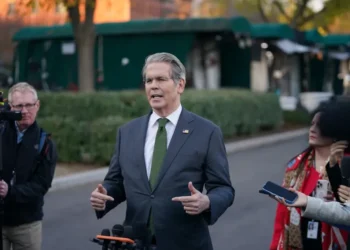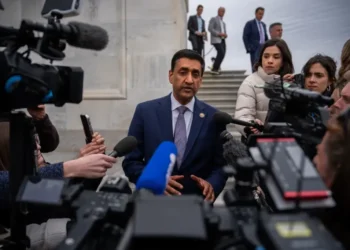Inside Trump’s Negotiating Strategy with China: A Game of Strategy and Surprises
As President Donald Trump’s trade negotiating team prepared for crucial talks with China, something unexpected happened—Trump took to social media to stir the pot before the official discussions even began. It was a typical move for the unpredictable leader, though it left Chinese officials puzzled and intrigued.
Trump’s surprise announcement suggested that he might reduce his 145% tariffs on Chinese imports to 80%. This public declaration, made just hours before key meetings in Geneva, appeared to be a negotiation tactic—a way to play his hand early. However, it wasn’t really a shock to his inner circle. In fact, internal discussions had already touched on the possibility of lowering tariffs as part of broader negotiations with China.
But it was certainly new information for Chinese officials, who are still trying to interpret Trump’s next move. Trump also mentioned Treasury Secretary Scott Bessent in the post, presenting him as the final decision-maker. This, however, was a strategic move aimed at elevating Bessent’s status in front of Chinese negotiators. In reality, both Trump and Chinese President Xi Jinping would be the key players in any major deal.
The Talks Begin in Geneva
Bessent, along with U.S. Trade Representative Jamieson Greer, arrived in Geneva for two days of high-level meetings with top Chinese officials. These talks weren’t expected to deliver immediate breakthroughs, but both sides were hopeful for tangible outcomes.
The White House has framed the U.S.-China negotiations as a distinct track from the broader array of trade deals Trump’s team is pursuing with other nations. While some of those deals, like those with South Korea and Japan, are seen as pressure points on China, the discussions in Geneva were focused more specifically on de-escalation and building trust between the two countries.
Trump’s team is aiming for gradual steps, including possible moves to address fentanyl production and the revival of the Phase One trade deal from his first term. Both sides also face concerns over rare earths export controls, though a comprehensive agreement would likely take years to negotiate.
Trump’s “Wild Card” Negotiation Style
Trump’s negotiating style is anything but conventional. He’s known for being a wild card—someone who can dramatically shift the course of negotiations at any moment. His team, though, is working hard to ensure that these meetings don’t descend into chaos. There have been promising signs that the U.S. and China are approaching the talks with a greater degree of respect and professionalism.
Top Chinese officials, including Xi’s economic advisor He Lifeng, are leading the delegation, signaling the seriousness of the discussions. On the U.S. side, Bessent and Greer are highly respected figures in Trump’s economic circle, ensuring that both sides have experienced negotiators at the table.
The Big Picture: Trump’s Focus on China
Trump’s approach to China has been deeply strategic. While there’s no shortage of tension in the U.S.-China relationship, Trump’s team believes that China cannot sustain a prolonged trade war with the U.S. The Chinese economy, already fragile, would be severely strained by a continued standoff with the world’s largest economy.
In the lead-up to these talks, Chinese officials have quietly reached out to U.S. counterparts, suggesting a willingness to address Trump’s key concerns—like the fentanyl issue. For Trump, striking a sweeping economic deal with China has been a long-standing goal, one he’s pursued with unwavering determination. His ambition to secure such a deal may be likened to his desire for a Nobel Peace Prize—an elusive but powerful symbol of success.
As the talks unfold, there’s a sense that Trump may push for a grand bargain, one that could reshape the economic landscape for both nations. But as always, the question remains: Will Trump stick to his strategy, or will he throw another curveball? Time will tell.
This article was rewritten by JournosNews.com based on verified reporting from trusted sources. The content has been independently reviewed, fact-checked, and edited for accuracy, neutrality, tone, and global readability in accordance with Google News and AdSense standards.
All opinions, quotes, or statements from contributors, experts, or sourced organizations do not necessarily reflect the views of JournosNews.com. JournosNews.com maintains full editorial independence from any external funders, sponsors, or organizations.
Stay informed with JournosNews.com — your trusted source for verified global reporting and in-depth analysis. Follow us on Google News, BlueSky, and X for real-time updates.
